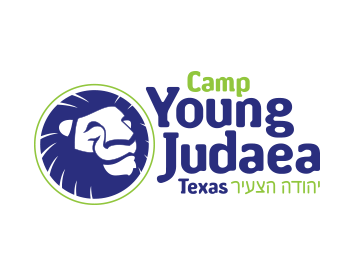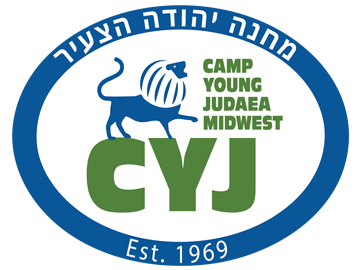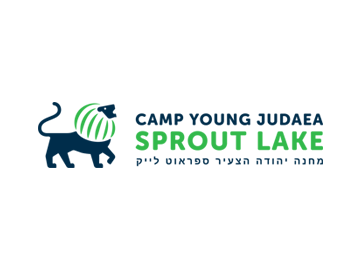Opening Up to Outdoor Judaism
Some of us attend synagogues with rich histories. Some pray in modern buildings. Some gather in church basements or members’ living rooms because that is what our community has to offer. The scenery differs, but Judaism stays the same. A building doesn’t change the words of Shema, the glow of Shabbat candles, or the warmth of our community.
While the familiarity of our own rituals when we go to synagogue—walking by the same plaque, sitting in the same spot, gazing at the same artistic detail during the service—may .png) bring us comfort, our teens may not feel the same. Their lack of enthusiasm for Hebrew school or even going with us to synagogue may not be a dismissal of Judaism, just the wrapper it comes in. Who says we have to be indoors anyway?
bring us comfort, our teens may not feel the same. Their lack of enthusiasm for Hebrew school or even going with us to synagogue may not be a dismissal of Judaism, just the wrapper it comes in. Who says we have to be indoors anyway?
Judaism—like childhood—was born outdoors
Much of the Torah takes place in the wilderness. We wrote laws, built community, and achieved freedom there. Beyond Passover, celebrations of Sukkot, Tu B’shevat, Shavuot, and, of course, Shabbat, all bring us literally or figuratively back outside. This is where a lot of childhood takes place too. Academic and religious lessons may be indoors, but when our kids need to just be kids, run around, let loose, we send them outside. That is where they can be themselves. As teens, what better place for them to be their Jewish selves as well?
Nature brings us together
{{cta(‘fb9e1eed-572f-4d4d-bdef-44bd35e52614’)}}
When our kids were little, we knew summer camp was a success when they came home exhausted and filthy. In the calm and grime of their end-of-summer bodies, we could see they’d shed what was superficial and found their true selves. Celebrating Shabbat outside—away from the bricks and mortar that sometimes do more to formalize and even divide us—helps teens find their true selves and each other in Judaism. When we let trees, grass, and wildflowers grow over the walls of these differences, teens can see more of what unites, and not divides them.
The elements mix things up
Freedom from a structure where things are always done a certain way may attract teens who don’t feel connected to Judaism. Nature is never the same thing twice, so neither is what we do there. The words of a prayer we’ve spoken thousands of times sound and feel different in the woods, with the breeze, overlooking a river, or amidst the chirping and rustling of the natural world. Even an event with as much ritual as becoming a bar or bat mitzvah becomes a truly unique experience outdoors.
Going all the way back to the Exodus, time spent in the wilderness is never just time spent in the wilderness. It changes us. Describing the Israelites’ desert journey, Rabbi Irwin Kula said, “The true goal of the Exodus was to take Egypt out of the Israelites. The experience of the seemingly endless journey transformed a people…The Israelites at the Jordan are a very different people from the one that left Egypt. They are ready to fight their own battles. They are a community committed to one another and to the covenant that binds them together.”
In the nearly final push to the freedoms of adulthood, giving our teens the gift of their own wilderness experience may teach them a lot of what they’ll need to know when they get there.
{{cta(‘555c690b-6441-41cb-9b61-f8bff5b4af48’)}}
 Young Judaea
Young Judaea





